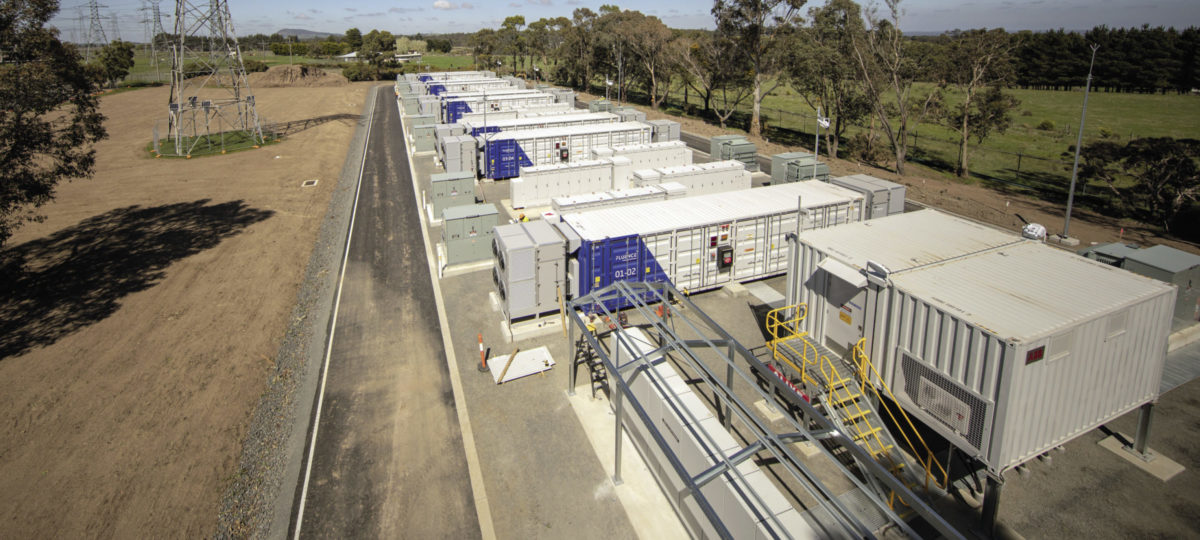China’s electrochemical energy storage market grew 59.4% thanks to 636.9 MW of newly installed capacity last year, according to figures released by the China Energy Storage Alliance (Cnesa) from its Global Energy Storage Project Database.
The numbers show the volume of electrochemical storage in operation reached 1.7 GW at the end of 2019 as China’s cumulative storage capacity, including physical and thermal facilities, topped 32.4 GW.
With the industry body having been involved in preparing storage policy aspects of the looming, 14th national five-year plan, Cnesa’s prediction of further storage-friendly legislation would appear to indicate the sector’s rise is likely to continue.
Overall energy storage growth was particularly strong in China in the last two years, with 8.1 GW of new capacity, of which around 1.45 GW was electrochemical. “The cause of this rapid growth was not just a small base in the initial development stages, but the creation of conditions conducive to industry development,” said the industry body.
Price falls
Popular content
A manufacturers’ survey carried out by Cnesa indicated the price of lithium-ion batteries fell RMB1,000-1,500/kWh ($141-211) last year.
The alliance claims the success of the sector in the last two years was also due to new provisions for storage development introduced by the Chinese government in 2017. “The refinement of policy related to [grid] ancillary services – energy storage’s primary application – as well as policy developments in regions including Qinghai, Guangdong, Jiangsu, Inner Mongolia and Xinjiang, have created a wave of energy storage construction and development,” said Cnesa.
The association also highlighted the importance of scale and the competitiveness of Chinese storage system providers such as Catl, BYD, Rongke Power and CRRC as key factors behind the recent growth. Despite some reliance on foreign technology, China has developed many mainstream and frontier energy storage solutions.
This content is protected by copyright and may not be reused. If you want to cooperate with us and would like to reuse some of our content, please contact: editors@pv-magazine.com.



2 comments
By submitting this form you agree to pv magazine using your data for the purposes of publishing your comment.
Your personal data will only be disclosed or otherwise transmitted to third parties for the purposes of spam filtering or if this is necessary for technical maintenance of the website. Any other transfer to third parties will not take place unless this is justified on the basis of applicable data protection regulations or if pv magazine is legally obliged to do so.
You may revoke this consent at any time with effect for the future, in which case your personal data will be deleted immediately. Otherwise, your data will be deleted if pv magazine has processed your request or the purpose of data storage is fulfilled.
Further information on data privacy can be found in our Data Protection Policy.